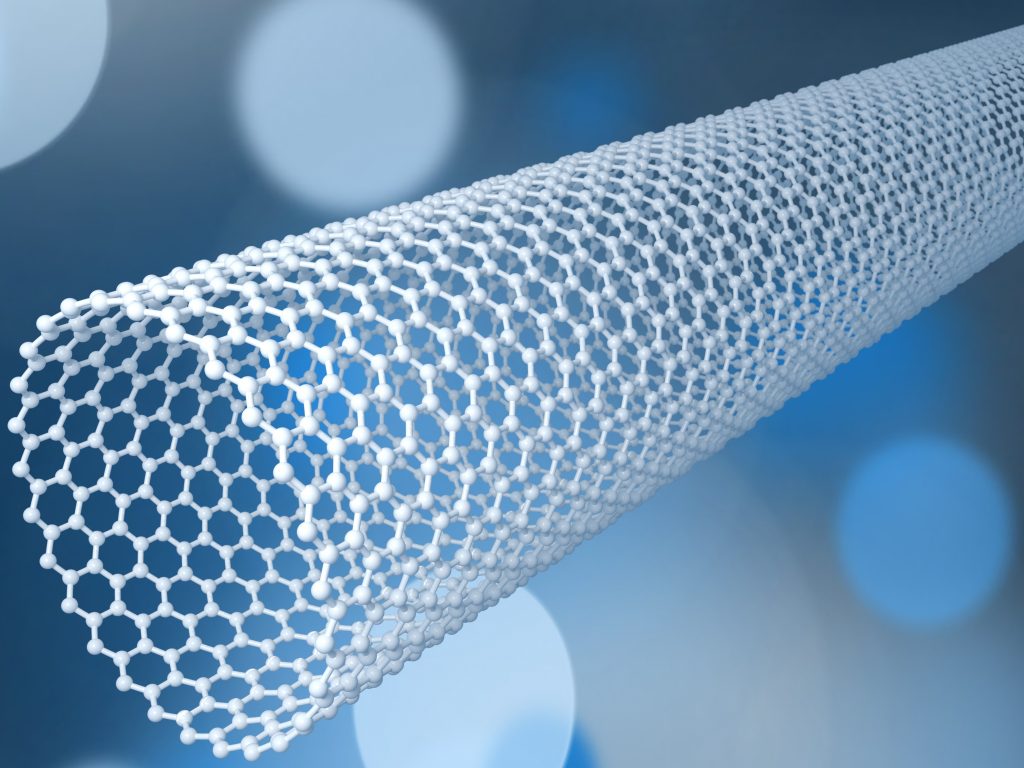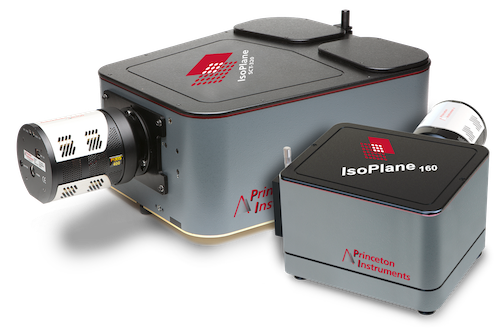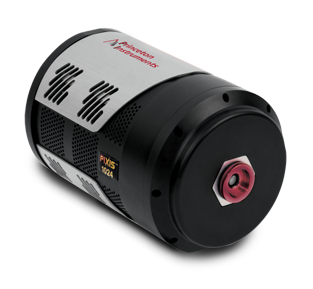Tian Jiang
Wiley Online Library
Introduction
Transition Metal Dichalcogenides are semiconductor materials that build single atom thin layers. They are heavily researched with other materials as two dimensional materials and have been discovered to be useful materials for nanophotonic applications either on their own or combined in stacks with other 2D materials (so called van-derWaals heterostructures). Many experiments investigate their behavior in combination with plasmonic and cavity nanostructures. Such devices allow investigation of interesting physics and are building blocks for components of photonic and quantum devices.

A new publication by a research collaboration around Prof. Tian Jiang and Prof. Lei Shi in China is reporting on their experiments combining monolayers of Tungsten diselenide with photonic crystal structures. Such nanostructures have a strong influence of the energy as well as direction of light emission. Energy-momentum spectroscopy is a perfect tool to observe the properties of these devices. This technique is equivalent to Fourier plane imaging in microscopy where instead of the direct image of the sample, the back-focal plane of the objective is observed, which reveals the direction of light emission. If this image is projected on the entrance slit plane of a spectrograph the relationship between light wavelength and its momentum can be directly observed.
In the reported experiment the energy-momentum spectroscopy system is built around an Isoplane-320 spectrograph combined with a PIXIS 400 camera. Aberration corrected systems are perfectly suited for these measurements as important information is observed across the whole image sensor. The researchers report that their energy momentum measuremetns reveal strong coupling in their device which allows them to study fundamental physics as well as show the potential of this material for applications in nanophotonic devices in the future.


